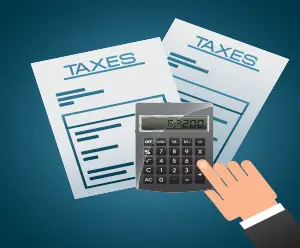
Understanding the IRS Substitute for Return
Click to ask Mike Ask Mike The Internal Revenue Service (IRS) Substitute for Return (SFR) is a term many taxpayers
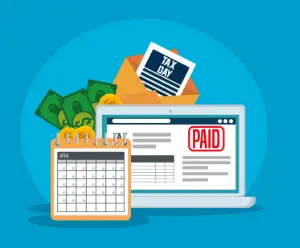
Dealing with IRS tax debt can be a daunting experience for many individuals and businesses. However, the IRS offers various payment plan options to help taxpayers manage their tax liabilities effectively. In this comprehensive guide, we’ll delve into IRS payment plans, covering everything you need to know to navigate this process successfully. From understanding your options to step-by-step instructions on setting up a payment plan and tips for a smooth experience, this article aims to provide you with a clear roadmap for resolving your IRS tax debt.
Understanding IRS Tax Debt
Before diving into IRS payment plans, it’s crucial to understand what IRS tax debt is. Tax debt occurs when you owe the IRS money due to unpaid federal taxes. This can result from underpayment, errors on your tax return, or unpaid taxes from previous years. Failure to address tax debt can lead to penalties, interest charges, and even legal action. It’s essential to acknowledge and address your tax debt promptly to avoid these consequences.
IRS Payment Plan Options
The IRS offers several payment plan options to help taxpayers resolve their tax debt. These options include:
Eligibility and Application Process
Eligibility for IRS payment plans depends on various factors, including the amount you owe, your financial situation, and your compliance with previous tax filings. To apply for a payment plan, follow these steps:
Tips for a Smooth Payment Plan Experience
To ensure a smooth experience with your IRS payment plan, consider these tips:
IRS payment plans offer a lifeline to those burdened by tax debt, providing a structured path to resolve their financial obligations. Understanding the various options available, the application process, and tips for success is essential for a smooth experience. By taking the necessary steps and fulfilling your obligations, you can regain control of your finances and work toward a tax debt-free future.
You can now ask our AI assistant any questions you have about your tax debt or any tax-related issues. Whether you’re unsure about payment plans, need clarification on penalties, or want information on how to resolve your tax situation. Our AI is ready to assist you with all your tax-related concerns.
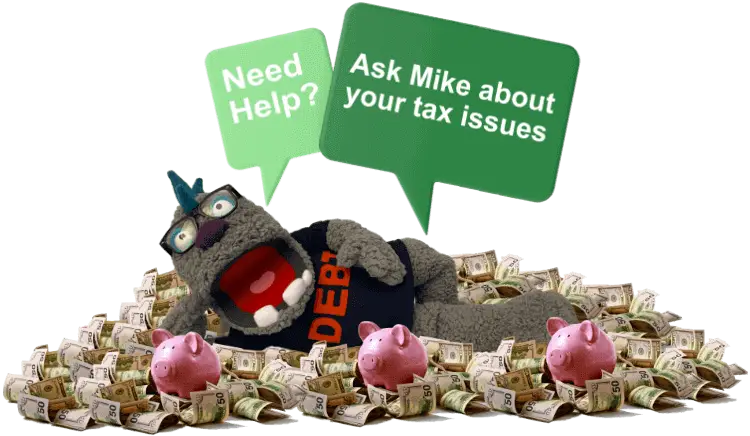
By interacting with our AI assistance, you agree to our terms & conditions. Enjoy our AI Tax Assistant responsibly.
Ask me any questions...
Related Posts

Click to ask Mike Ask Mike The Internal Revenue Service (IRS) Substitute for Return (SFR) is a term many taxpayers
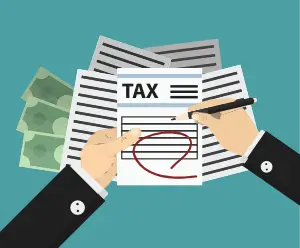
Click to ask Mike Ask Mike The Internal Revenue Service (IRS) Substitute for Return (SFR) is a term many taxpayers

Click to ask Mike Ask Mike The Internal Revenue Service typically operates within a 10-year window, commencing from the
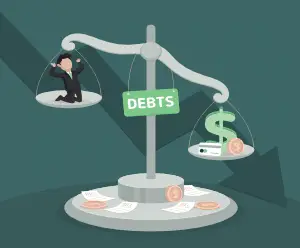
Click to ask Mike Ask Mike The Internal Revenue Service (IRS) operates within specific timeframes dictated by statutes of limitations
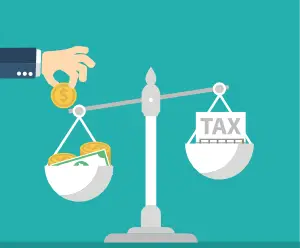
Click to ask Mike Ask Mike understanding the ins and outs of the 10-year statute of limitations (SOL) is essential.
Recent Posts

Click to ask Mike Ask Mike The Internal Revenue Service (IRS) Substitute for Return (SFR) is a term many taxpayers

Click to ask Mike Ask Mike The Internal Revenue Service (IRS) Substitute for Return (SFR) is a term many taxpayers

Click to ask Mike Ask Mike The Internal Revenue Service typically operates within a 10-year window, commencing from the

Click to ask Mike Ask Mike The Internal Revenue Service (IRS) operates within specific timeframes dictated by statutes of limitations

Click to ask Mike Ask Mike understanding the ins and outs of the 10-year statute of limitations (SOL) is essential.
Disclaimer: This is educational content, not legal, accounting, or tax advice.
This is a tax debt resource website, not to be used in lieu of a tax attorney or for legal advice. All information, Ai chat responses, articles, materials, and content are intended to inform users on a variety of tax topics. In no way is it intended to be construed as accounting, legal, tax, other services or advice. This site is not intended to be used to avoid tax penalties or tax debt that may be imposed by law. Terms and Conditions. Your use of this site constitutes acceptance of the following terms and conditions.
This is a tax debt resource website, not to be used in lieu of a tax attorney or for legal advice. All information, Ai chat responses, articles, materials, and content are intended to inform users on a variety of tax topics. In no way is it intended to be construed as accounting, legal, tax, other services or advice. This site is not intended to be used to avoid tax penalties or tax debt that may be imposed by law. Terms and Conditions. Your use of this site constitutes acceptance of the following terms and conditions.
© 2023 · Tax Debt Monster, Inc. All rights reserved

For all Tax Professionals that would like to partner up with us. By partnering with us, you’ll help us connect and make a positive impact in the tax community. Partner up with us and receive a complimentary Ai Tax Sidekick to help support your clients at no cost! Click here if you’re interested in our Partner-Up program

By interacting with our AI assistance, you agree to our terms & conditions. Enjoy our AI Tax Assistant responsibly.
How may I help you with your tax issue?